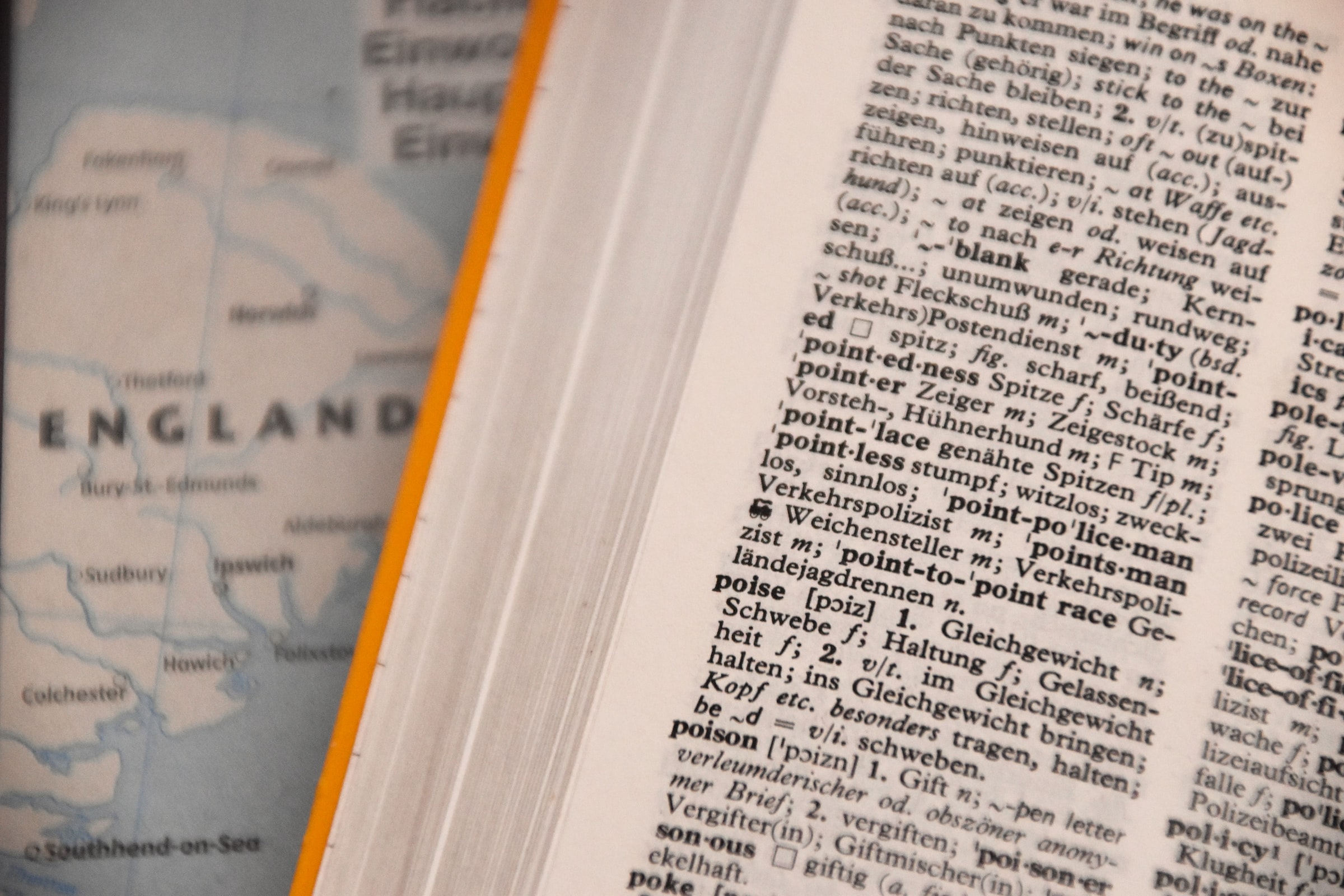MRCP Part 2 Experience: Dr. Harshal Ranglani
From images to the art of elimination, here’s an overview of my preparation for the MRCP Part 2 Theory examination.
Diet: Diet 3, 2020 (October 2020)
I had originally applied for the Diet 1 2020 exam slated to happen in March, having cleared Part 1 in September 2019. But we all know what happened in March! My exam was then canceled a week before it was due. What followed was months of uncertainty till it was finally announced that Diet 3 would be conducted in October. Even then, with the number of cases in India being at its peak in September, I wasn’t too sure if the British Council would be able to go ahead with the exams here.
Score: 687
Just like Part 1, the score doesn’t matter. A scaled score of over 454 is a pass.
A little bit of background:
I am a dermatologist currently working in private practice. During the months that there was no decision on exam conduction due to COVID, I gave up reading for the exam. I only got back to it sometime in August, about 10 weeks before the exam. It felt like starting all over again.
The point being if your exam sessions are canceled or delayed, please remain in touch with the subjects by reading regularly and solving a few questions whenever possible. This will keep the momentum going, especially if you’re not seeing internal medicine patients as part of your regular job.
I strongly recommend that one appear for Part 2 theory right after the Part 1 results are out. You cannot apply for both the exams on the same diet but you can definitely aim for the next one. Again, COVID makes things difficult but hopefully, 2021 won’t be as crazy as 2020!

Study resources
Pastest
Pure gold. In contrast to Part 1 where Passmedicine is the most important question bank, for Part 2 it is Pastest, hands down.
If you do Pastest a couple of times, you are pretty much good to go. I did it twice (once for March and once for October). It was quicker the second time around. Pastest questions are the closest to the exam questions (but remember there are no exact repeats — the questions are built on similar concepts).
The explanations sometimes feel inadequate, especially if it’s a new topic that you’re coming across. Having the Pastest app helps to easily practice questions on the go, especially if you’re working long hours and cannot squeeze in the recommended 100 questions/day in one continuous study session initially. I used to note down important points in an app (Google Keep) as subject-wise lists so that these bullets could be revised easily, just like for Part 1. Screenshots are also a great way to compile revision material.
Passmedicine
I suggest starting with Passmedicine first because, at the end of every question, there is a bit of theory that you can read up on the topic. It has everything in place along with a knowledge bank that you can access topic-wise. However, Pastest has recently changed its format to include more theory.
Also, it gives you the option of redoing all the questions you have gotten wrong the first time — this is again a great way to revise all your weak topics. Doing two question banks will cover a broad base of questions and also consolidate your understanding of concepts — something that is crucial to succeeding at Part 2.
BUT if you are pressed for time, pick Pastest over Passmedicine and do it thoroughly twice.
Theory books
Khaled Maghraby (Step up to MRCP) was my base book for MRCP Part 1. I barely skimmed the book for Part 2 and started solving questions directly.
Since Part 2 actually tests your ability to delineate management options, reading too much theory doesn’t really help here. It is more about understanding each clinical scenario and then picking the right option. So you should get to the question banks right away!
Book by Sanjay Sharma
I tried to read this book but I just couldn’t get myself too. I found it to be too haphazard and would not recommend it if you are short on time. Instead, prioritize doing the question banks thoroughly.
Images
The images in Pastest and Passmedicine are enough for the exam. You can always google images you are confused about and refer to Radiopedia or Dermnetnz to get more clarity.
Pastest papers
Try to do as many of these as you can in the last 15 days before the exam — I could do about 10–12. A score of about 75–80% in each should be okay. Also, don’t forget the sample paper from the RCP website — can’t skip this!
Whatsapp groups
Check out my previous post on Part 1 where I explain exactly how being part of an active Whatsapp group can really help!

Study strategy
Let’s be real — Part 2 is definitely harder than Part 1. It tests the application of your clinical knowledge. And as opposed to Part 1, the questions are more nuanced and delve into various management options rather than just the diagnosis or first-line treatment. It is important to practice as many questions as you can.
Must know:
A few topics you absolutely must know the management guidelines for:
– Bronchial asthma, COPD, pleural effusion
– Hypertension, MI, heart failure, atrial fibrillation, arrhythmias
– MI, stroke
– INR + warfarin scenarios
– Pain management in palliative care
There are frequent questions on these topics with slight variation in clinical presentation. So, picking the right option gets confusing especially if they are very close. There are a lot of questions with red herrings too. So it’s important to have a solid conceptual understanding.
Tik-Tok: Perhaps the most important aspect is time management. I did not struggle so much with time management for Part 1. The questions in Part 2 are longer. Plus, one needs to flip back and forth between the question booklet and the image booklet for many questions. All that time really adds up! Just power through the questions as fast as you can. Come back to the ones that are taking too long later.
Images: In my exam, there were about 40 image-based questions with quite a few from dermatology. Fellow derms — you can’t not get these right! Everyone else, Dermnetnz has the best collection of images. Please go through various common dermatoses when you have some time on hand.
There weren’t as many ECGs as there were X-Rays and CT scans. So work on those really well! In a lot of the cases, you don’t need to completely rely on the image itself — the case scenario often has other keywords to look out for.
The art of elimination: Always start by eliminating the incorrect options. This strategy really helps because most of the options tend to be quite similar so begin by eliminating the ones that are ‘not it’.
So, that’s that! Those are my two cents! All the best to everyone appearing for the next diet!
Feel free to reach out to me in case of specific queries at drharshalranglani@gmail.com and I’d be happy to help!

Disclaimer:
I am not promoting any resource here. These are resources and strategies that have worked for me and maybe of help to you. The purpose is to open a dialogue for fellow medicos. All the details about the exam itself are available on the RCP website.
About
Dr. Harshal Ranglani is a certified dermatologist based in Mumbai.
Find the link to her original blog post here.
You can also check out her website here: https://drharshalranglani.com/

Nice blog keep sharing, Solution For Mrcp Examination Part 2
ReplyDeleteIntellect Medicos offers comprehensive Solution For Mrcp Examination, designed to maximize success. With expertly crafted study materials, extensive question banks, and high-yield revision notes, they cover all essential topics in depth. Their interactive online sessions with experienced tutors provide targeted guidance, addressing individual learning needs. Mock exams simulate the real test environment, helping candidates build confidence and improve time management. Intellect Medicos also provides access to peer discussion forums for collaborative learning and problem-solving. Their structured approach ensures systematic coverage of the MRCP syllabus, equipping candidates with the skills and knowledge required to excel in the examination.
ReplyDelete